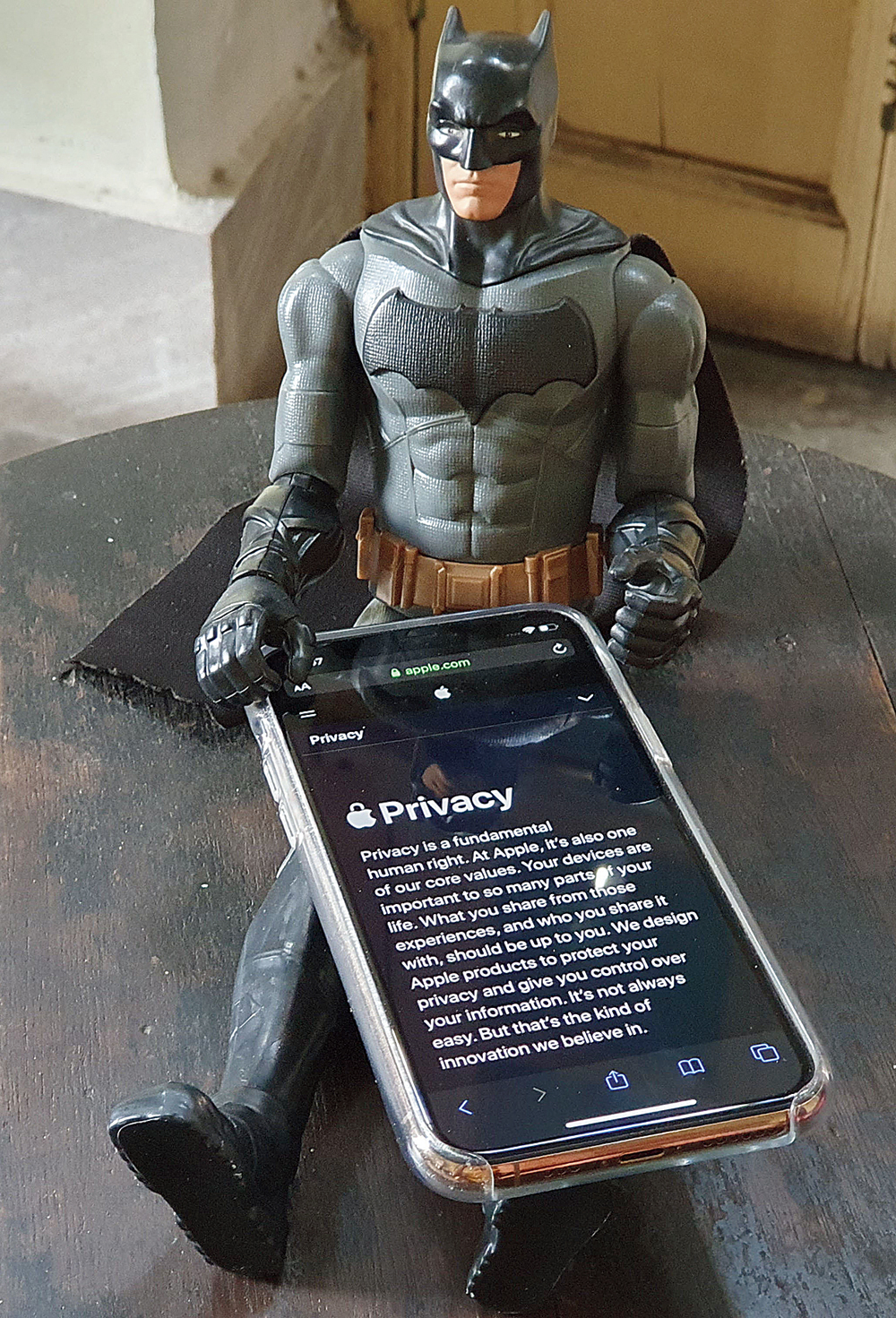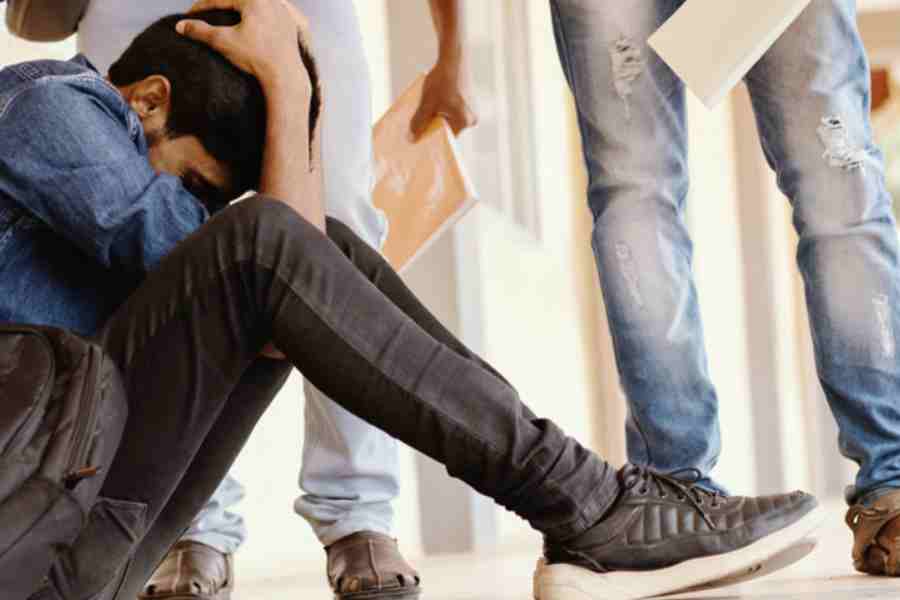What can a thief take after breaking into an empty house? Jewellery, a few expensive knick-knacks and who knows, maybe raid the refrigerator. But imagine digital information on your phone getting filched. There are several apps that receive precise location data from your phone, which can be used by advertisers and retail outlets to analyse consumer behaviour. And obviously, nobody wants any company to know if he or she has visited the doctor or where, say, all the dating is taking place.
Privacy matters. And Apple drives home a clear message in its ad campaign: “What happens on your iPhone, stays on your iPhone.” The gap between iOS and its arch-rival boils down to trust. However much things have improved with Android 10, the amount of bloatware phone manufacturers pack into their devices and slow updates remain thorny issues. With iOS, the Tim Cook-led company puts in far greater effort to keep devices secure and your data private. And if there is a serious security problem, one can trust Apple to deliver a fix real quick.
Also, Tim Cook is someone who leads from the front in matters pertaining to privacy: “We’ve always thought that the building of a detailed profile about your life could result in tragic things. Whether it’s a breach of your own privacy or something where the data itself could be used in a nefarious way. And so we’ve never thought it was right to do it, and we’ve always thought that you owned it. I don’t own your data, you do,” he told CNBC a few months ago.
At a time when digital privacy is worth in gold, it’s worth looking at some of the privacy-driven features of the iOS 13.
Sign in with Apple
Using Google and Facebook accounts one can log into apps and websites. It’s easy but is it safe? Apple makes things safer with ‘Sign in with Apple’. Say you have to register on an app or website. iOS 13 offers a twist: hide your email ID that is linked to your Apple ID. If you choose the option, Apple creates a burner email address with which you can sign up while your real email address is hidden from the third party. This means, if the website or app tries to contact you, the mail will go to the burner ID and Apple will forward the note to you. What if a business spams your burner address? Delete the account and the business will have no clue about your actual address. If you decide to use the option, Apple generates a random string of characters for the burner address, which you don’t need to remember. When it comes to revisiting an app or site, simply sign back in with Apple’s Face ID.
App location permissions
There are apps which want to sell your information to advertisers. Apple has a solution. Earlier, one had the option of... always sharing location data, sharing when the app was in use or never sharing location. Now you have the Allow Once option. It’s a godsend feature, especially when you don’t trust an app. And it stops an app’s ability to continuously access your location information in the background.
Wi-Fi and Bluetooth privacy
Rolling the shopping cart down an aisle, one may get a push notification offering discounts on certain products around you. There have been several reports about how companies are gathering data from Wi-Fi and Bluetooth. iOS 13 offers new user controls to grant or deny access to Bluetooth device. And apps are now prevented from accessing a user’s location without their consent while they’re using Wi-Fi and Bluetooth.
Metadata protection
When you take a photo, a lot of information gets stored in the file, including where the photo has been taken. Photo apps use the feature to organise snaps but when you are sharing the image on social media, you may give away a lot of important details, like where you live, if the photo was taken at your home. iOS 13 allows you to keep aside such sensitive information before sharing it. To achieve the task, select a photo and click on the square with an arrow facing upwards. On top of the screen click on ‘location settings’ from which you can choose to delete location metadata.
Find your device
You remember the Find My iPhone feature that allows you to locate a lost phone from iCloud.com. With iOS 13 this works even if the phone has no Internet connection. Say you left your phone somewhere and it’s not connected to Wi-Fi or cellular. Using crowd-sourced location your phone can be found.
First you have to mark your device missing. Once this happens, Apple turns other ‘i’ devices into remote detectors unbeknown to its owners. When another user’s Apple device is nearby, it can report its location to you. The communications are end-to-end encrypted, so even Apple doesn’t know the location of your lost device or the location of the device that found it, or the identity of the finder. This indeed is a clever innovation.
Keep contacts private
Many store sensitive notes — like PIN codes or addresses — for certain contacts. When you grant access to a third-party application to access your contacts, iOS 13 will ensure the notes don’t get shared.
Silence unknown callers
If you want, you can route calls from unknown numbers to voicemail in iOS 13. In the settings menu under “Phone”, toggle the button against Silence Unknown Callers. Yes, only phone numbers saved in your contacts would be able to call your phone. But besides checking numbers in your Contacts list, it also goes through Mail and Messages for unsaved numbers to ensure you are not barring anyone you know.
Permissions for individual websites
Safari for iOS 13 now allows users control access to the camera, the microphone, and current location on a site-by-site basis. Tap on the “AA” icon on the left side of the address bar in Safari. Tap on Website Settings and then deny, allow or force the website to ask for access to the mentioned hardware. Equally interesting is cross-site tracking (ad networks can follow you across sites), which is now prevented by default.
Apple Maps and Siri
In a stark contrast to Google Maps, Apple keeps your location history completely anonymous. You can’t sign into Maps, which means it isn’t associated with your Apple ID at all. After all, where you go says a lot about you. All personalised location data — routes and search terms — gets stored on the device while the data needed to collect for improved navigation gets stored using random identifiers, which constantly change.
Siri has also been designed to learn about your preferences without sharing your identity with anyone, not even Apple. Like Maps, you don’t sign in with your Apple ID to use Siri and your device will have the information and not Apple’s servers. When it comes to improving Siri, the data gets associated with a random identifier (a string of letters and numbers) which is not sold or shared. The company doesn’t retain audio of your requests unless you choose to share it with them to improve Siri.
Understanding how your data is being protected is of utmost importance and this is one of the reasons why Apple has launched its redesigned privacy website late last week. Now it’s easier for users to see how the company’s products are protecting data on three levels — device, service and app — in an easy-to-understand way. If you want do deep-dive, there are links to Apple’s privacy white papers talking about how technologies work.










